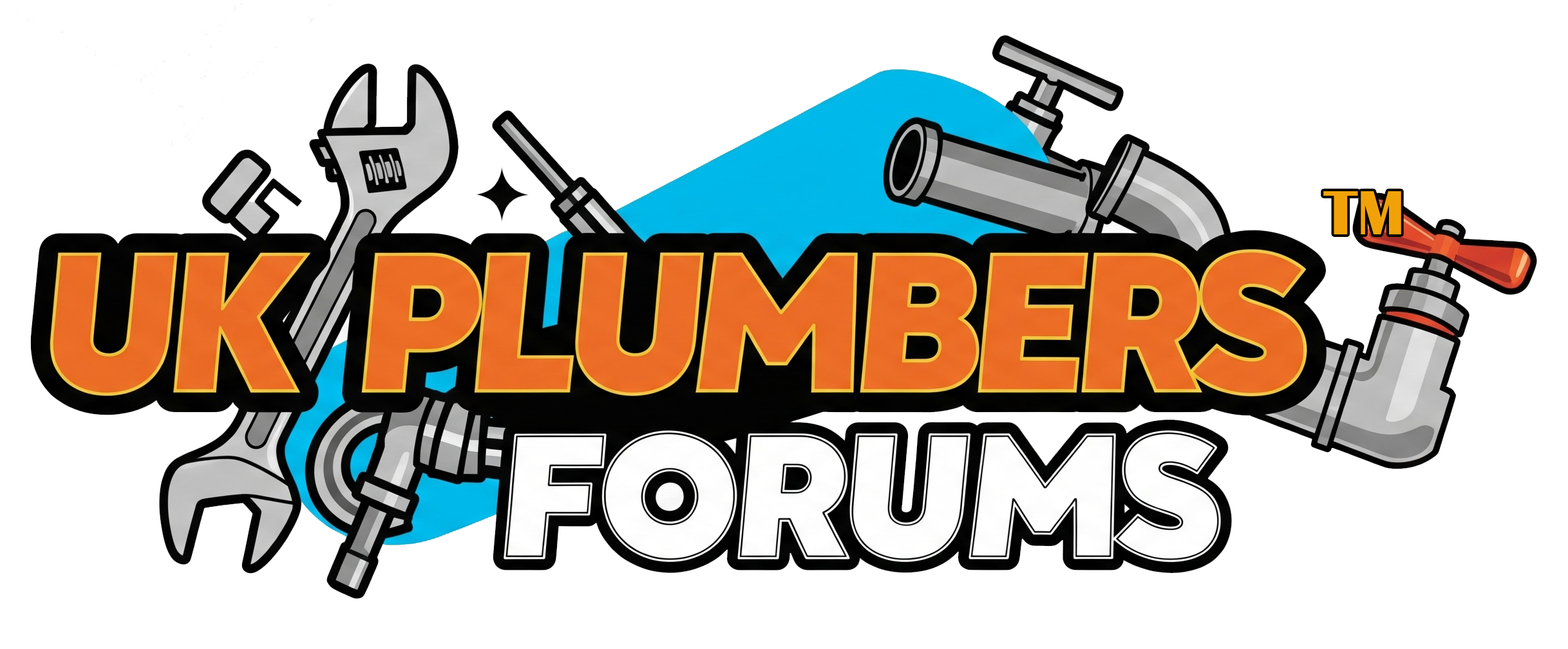C
cbuxton1984
Evening all. Thanks in advance.
I've had a new Valliant 831 installed at my property but I'm not convinced the upstairs flow and return pipes are sufficient for the number of drops and radiators. I've attached two diagrams, one showing the current layout and another showing my proposed layout. In both diagrams the red lines are flow and blue return, bolder lines are 22mm pipes and the thinner are 15mm. Hopefully the diagrams are useful.
The property used to have a back boiler in the living room which I've marked as drop 2 hence the 22mm pipes that go upstairs from those radiators. Drop 1 now has 3 radiators, it used to have a single radiator.
Before the new boiler was installed I replaced all the radiators with bigger doubles and installed some new ones in rooms that didn't have them. Due to installing bigger radiators I replaced the flow and return pipes to each of them with 15mm speedfit barrier pipe from the main 15mm flow and return pipes.
The new Valliant has been installed in the utility room immediately under bedroom 3. The gas man fitted 22mm copper pipe for the boiler up into bedroom 3 then connected to the 15mm copper pipe using 15mm PEX. Since it was installed I've noticed that while the flow down to drop 2 is hot the return is considerably colder, colder than I would expect.
My concern is that because the 22mm pipes go into 15mm pipes then back to 22mm for the drop to the living room that the pressure may not be sufficient to push the water back up the 22mm pipes for the return to the boiler.
Since we're renovating the property and it has no carpets or other flooring I wonder if it's worth me replacing the main flow and return pipes upstairs with 22mm PEX so there isn't a bottleneck. Would this be worth doing and would it be beneficial to my CH system?
While the CH warms the house we haven't managed to get it to the desired temperature yet. I had it set to 21 degrees for 6 hours today and it only reached 14. The flow temperature on the boiler never exceeded 53 even though it's set to up to 75 on the boiler. I have the weather sensor 470f which I know overrides the flow temp on the boiler but I would have expected the boiler to put more effort into warming the property. If the desired temp is 21 and temp on the thermostat says 14 then surely it should ramp up the flow temp to try increase it, that doesn't appear to happen. I'm concerned that the flow is causing the problem.
The distances are not reflected in the diagrams. The pipes upstairs are longer than they look on the diagram.
Hopefully this makes sense to everyone. I've tried not to waffle.
Existing Pipework

Proposed Pipework

I've had a new Valliant 831 installed at my property but I'm not convinced the upstairs flow and return pipes are sufficient for the number of drops and radiators. I've attached two diagrams, one showing the current layout and another showing my proposed layout. In both diagrams the red lines are flow and blue return, bolder lines are 22mm pipes and the thinner are 15mm. Hopefully the diagrams are useful.
The property used to have a back boiler in the living room which I've marked as drop 2 hence the 22mm pipes that go upstairs from those radiators. Drop 1 now has 3 radiators, it used to have a single radiator.
Before the new boiler was installed I replaced all the radiators with bigger doubles and installed some new ones in rooms that didn't have them. Due to installing bigger radiators I replaced the flow and return pipes to each of them with 15mm speedfit barrier pipe from the main 15mm flow and return pipes.
The new Valliant has been installed in the utility room immediately under bedroom 3. The gas man fitted 22mm copper pipe for the boiler up into bedroom 3 then connected to the 15mm copper pipe using 15mm PEX. Since it was installed I've noticed that while the flow down to drop 2 is hot the return is considerably colder, colder than I would expect.
My concern is that because the 22mm pipes go into 15mm pipes then back to 22mm for the drop to the living room that the pressure may not be sufficient to push the water back up the 22mm pipes for the return to the boiler.
Since we're renovating the property and it has no carpets or other flooring I wonder if it's worth me replacing the main flow and return pipes upstairs with 22mm PEX so there isn't a bottleneck. Would this be worth doing and would it be beneficial to my CH system?
While the CH warms the house we haven't managed to get it to the desired temperature yet. I had it set to 21 degrees for 6 hours today and it only reached 14. The flow temperature on the boiler never exceeded 53 even though it's set to up to 75 on the boiler. I have the weather sensor 470f which I know overrides the flow temp on the boiler but I would have expected the boiler to put more effort into warming the property. If the desired temp is 21 and temp on the thermostat says 14 then surely it should ramp up the flow temp to try increase it, that doesn't appear to happen. I'm concerned that the flow is causing the problem.
The distances are not reflected in the diagrams. The pipes upstairs are longer than they look on the diagram.
Hopefully this makes sense to everyone. I've tried not to waffle.
Existing Pipework
Proposed Pipework


